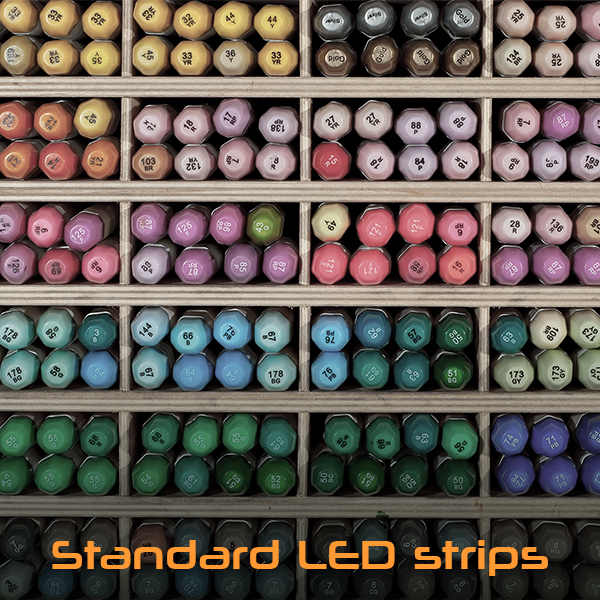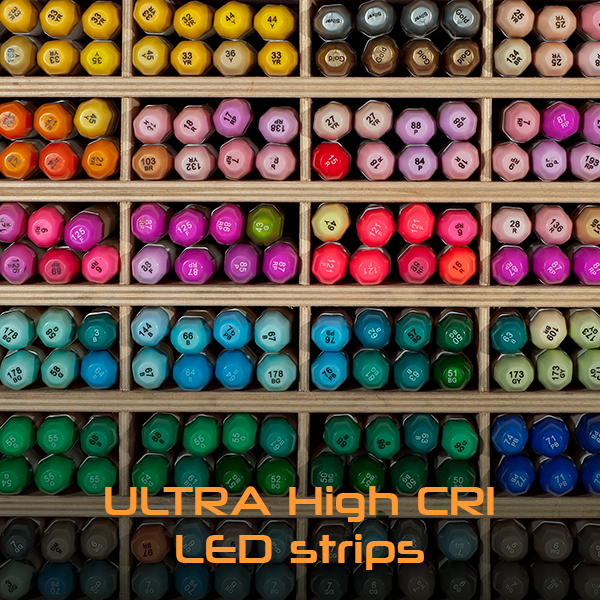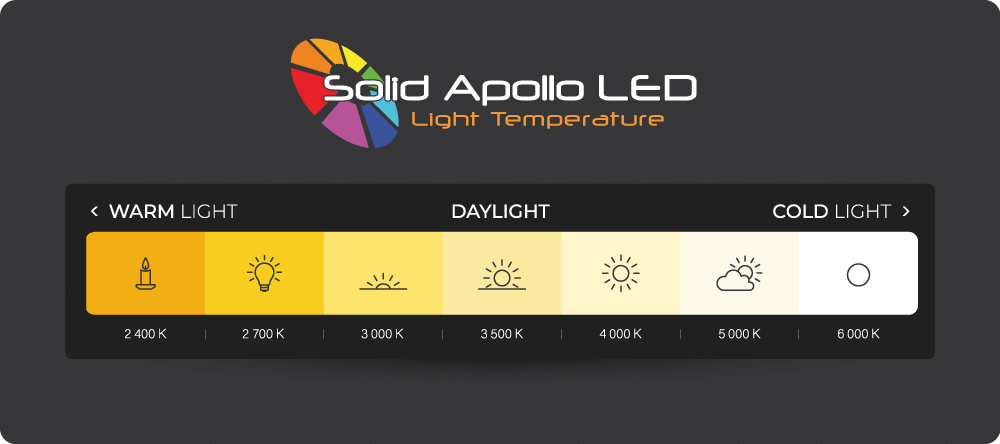
In our previous Back to Basics blog posts, we’ve explored aspects of LED lighting, delving into light quality, color temperature, and Color Rendering Index. Today, we embark on a crucial journey that bridges the gap between LED selections and their functionality: powering LEDs.
LEDs are energy-efficient, eco-friendly, and offer an incredible array of lighting options. However, without a proper understanding of the power sources required for different LED strips, customers might find themselves lost in a sea of options. We are here to shed light on this vital topic, helping you make informed decisions for your lighting needs.
120V AC Driverless LED Strips
Let’s start with the simplest option, 120V AC Driverless LED Strips. These strips are a marvel of simplicity as they can be directly plugged into any standard electrical outlet and are IP65 waterproof. The convenience they offer is unmatched, making them an excellent choice for quick installations, outdoor accent, or temporary lighting solutions. With no need for a transformer or dimmer, these driverless LED strips are ready to brighten up your space right out of the box.
24V DC LED Strips and Transformers
With our standard and most popular 24V DC LED Strips, we encounter a slightly more complex setup. These strips require a transformer to convert 120V AC voltage to the 24V DC power needed to operate. Although this may sound like an additional step, it brings several benefits to the table including increased safety and lower power consumption
Electronic Transformers vs. Magnetic Low Voltage (MLV) Dimmers
When it comes to dimming your LED strips, you have two primary options: electronic transformers and Magnetic Low Voltage (MLV) dimmers.
- Electronic Transformers: These transformers are compatible with our dimmer/controllers sets, which allow you expert control of your LED strips. However, there’s an important consideration with electronic transformers—they require a 15% buffer on the total voltage used. This means if you are using a 72W LED strip, you’ll need our 96W transformer to accommodate the buffer. This prevents overloading the transformer and ensures smooth dimming functionality.
- Magnetic Low Voltage (MLV) Dimmers: On the other hand, MLV dimmers offer a more user-friendly approach. Compatible with a variety of wall switches, these dimmers allow you to adjust the brightness of your LED strips just like any other light in your household. Unlike electronic transformers, you can fully load these dimmers to their maximum voltage without any complications.
Solid Apollo’s Wall Dimmer and Driver
At Solid Apollo, we always strive to provide innovative solutions to our customers. Our Wall Dimmer and Driver is an all-in-one transformer and dimmer that conveniently fits into a standard gang box. This powerful device can handle up to 100W of 24V DC LED strips, making it a versatile choice for both residential and commercial applications. With the Wall Dimmer and Driver, you get the best of both worlds – the simplicity of a direct plug-in and the flexibility of dimming control.
In summary, powering LEDs is a fundamental step that significantly impacts performance and versatility. Understanding the differences between 120V AC Driverless LED Strips, 24V DC LED Strips, and dimming options allows you to make an informed decision based on your specific needs.
There’s no need to fear powering your setup. At Solid Apollo, we are committed to providing high-quality LED lighting solutions and service and are here to help you plan, supply, and troubleshoot your project. If you’re ready to take your lighting game to the next level, explore our wide range of LED products and illuminate your world with brilliance and efficiency.



